
 |
|
|
Looking Ahead
Volume 57 Number 6 Date 05/17/2012 EUROPEAN CORN BORER - Moths are depositing eggs on vegetables and weed hosts at southern and central locations where 450 degree days (base 50°F) were recently surpassed. Snap beans, lima beans, peppers and potatoes are at increased risk of infestation since corn taller than 18 inches is not yet available. The spring flight of moths may peak as early as next week at advanced sites. STALK BORER - Larvae are expected to begin migrating from grassy areas into corn in the next two weeks. The recommended scouting procedure is to spot check the marginal 4-6 rows for plants with holes in the leaves, wilted whorls and other signs of damage, starting at 1,400 degree days (base 41°F). Control measures may be in order for corn fields with infestation rates of 5-10%. Stalk borer degree day accumulations through May 16 were as follows: Madison 1,047, La Crosse 1,064, and Wausau 843. EASTERN TENT CATERPILLAR - Many tents are now vacant and pupation has begun. Complete defoliation of individual roadside trees is apparent in all areas of the state. The first adults could begin collecting in black light traps by May 25, following the accumulation of 725 degree days (base 50°F). POTATO LEAFHOPPER - Nymphs are appearing in alfalfa in the southern and west-central counties. Populations are well below the economic threshold of 1.0 per sweep in the first crop, but with the potential for leafhoppers to multiply under present hot conditions, regrowth alfalfa should be scouted consistently for an abrupt increase in numbers. BLACK CUTWORM - Economic damage to corn was noted in northern Dane and Rock counties from May 14-15 Based on the DATCP surveyor's account, 3-13% of the plants showed signs of feeding and a few plants had been cut just below the soil surface. The larvae responsible for the damage could not be found. This development emphasizes the need for close inspection of corn and other vegetable crops. A rescue treatment is warranted if 3% or more of plants are damaged. TRUE ARMYWORM - Larvae were swept in low numbers from alfalfa in Monroe and Sauk counties from May 11-16. The ¼- ½ inch caterpillars are the offspring of moths that arrived last month. Black light traps also registered another 246 moths in the past week and growers should anticipate more armyworms appearing in fields by early June. -- Krista Hamilton, DATCP Entomologist 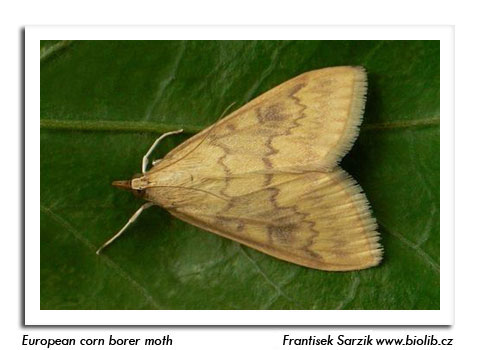

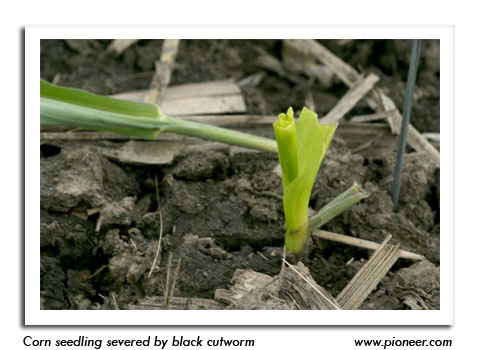
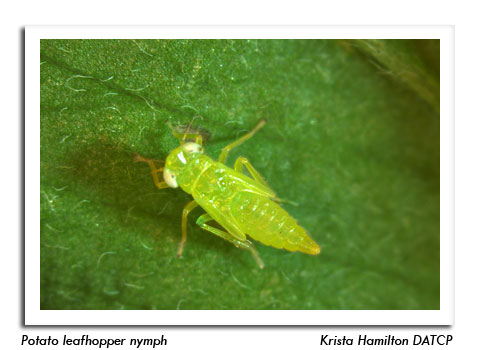
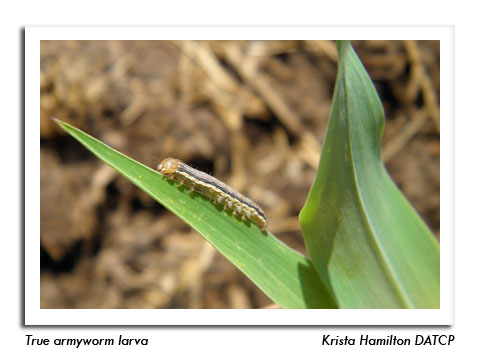
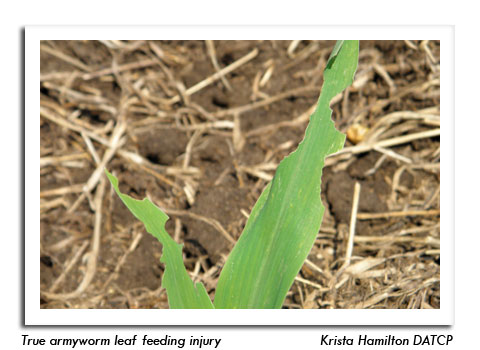
|
|
|